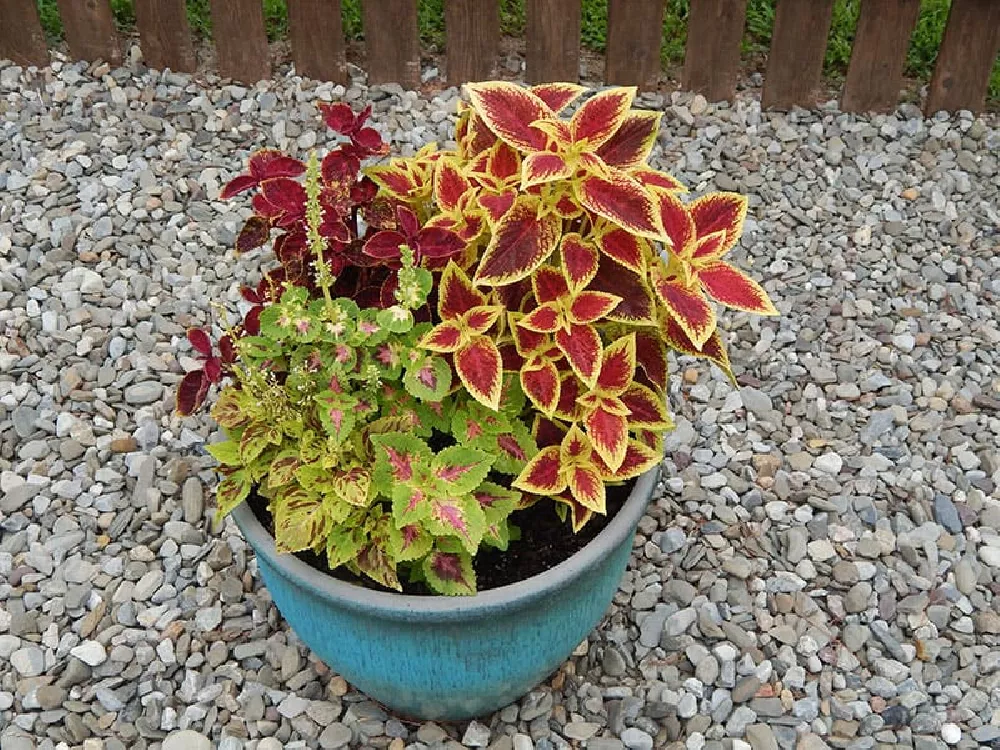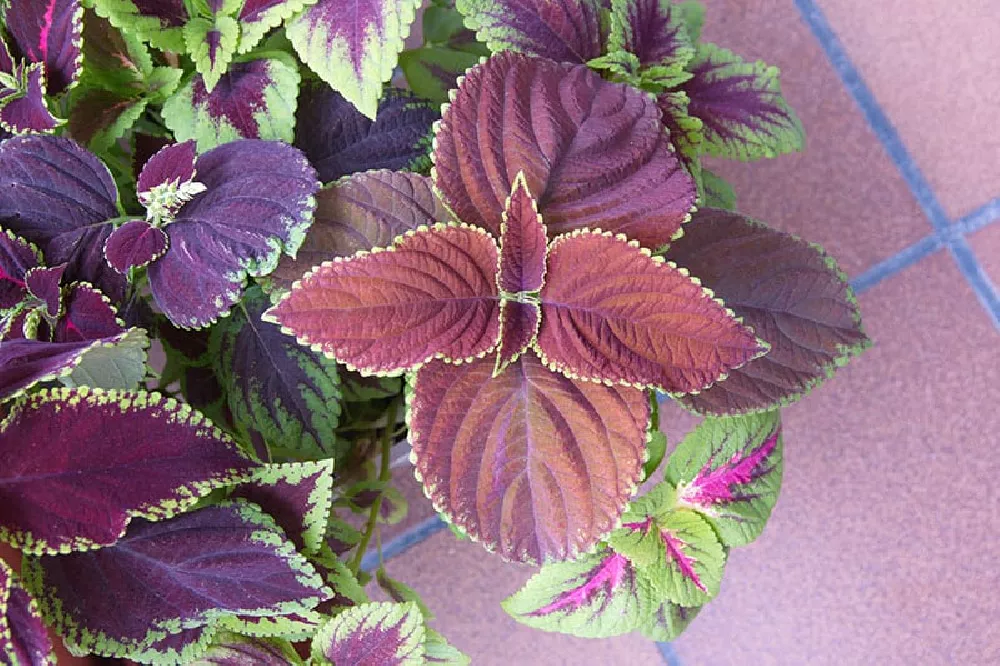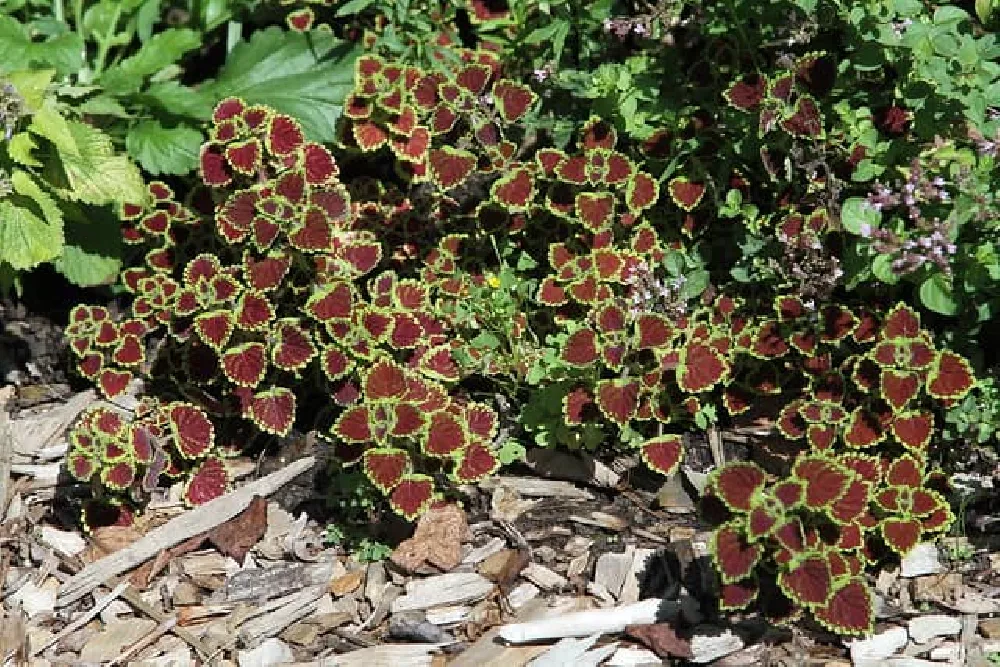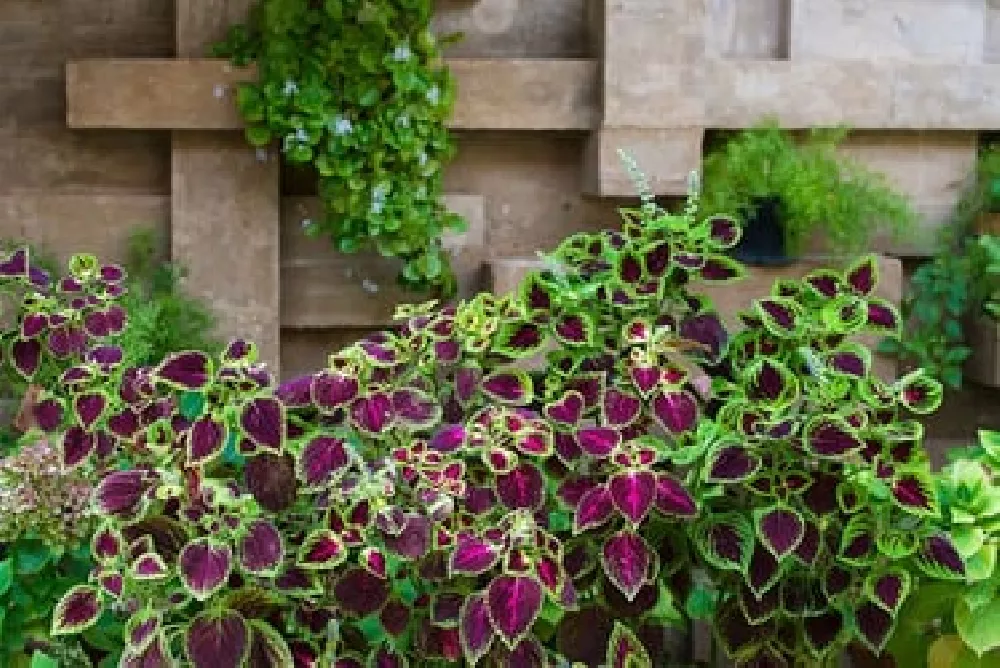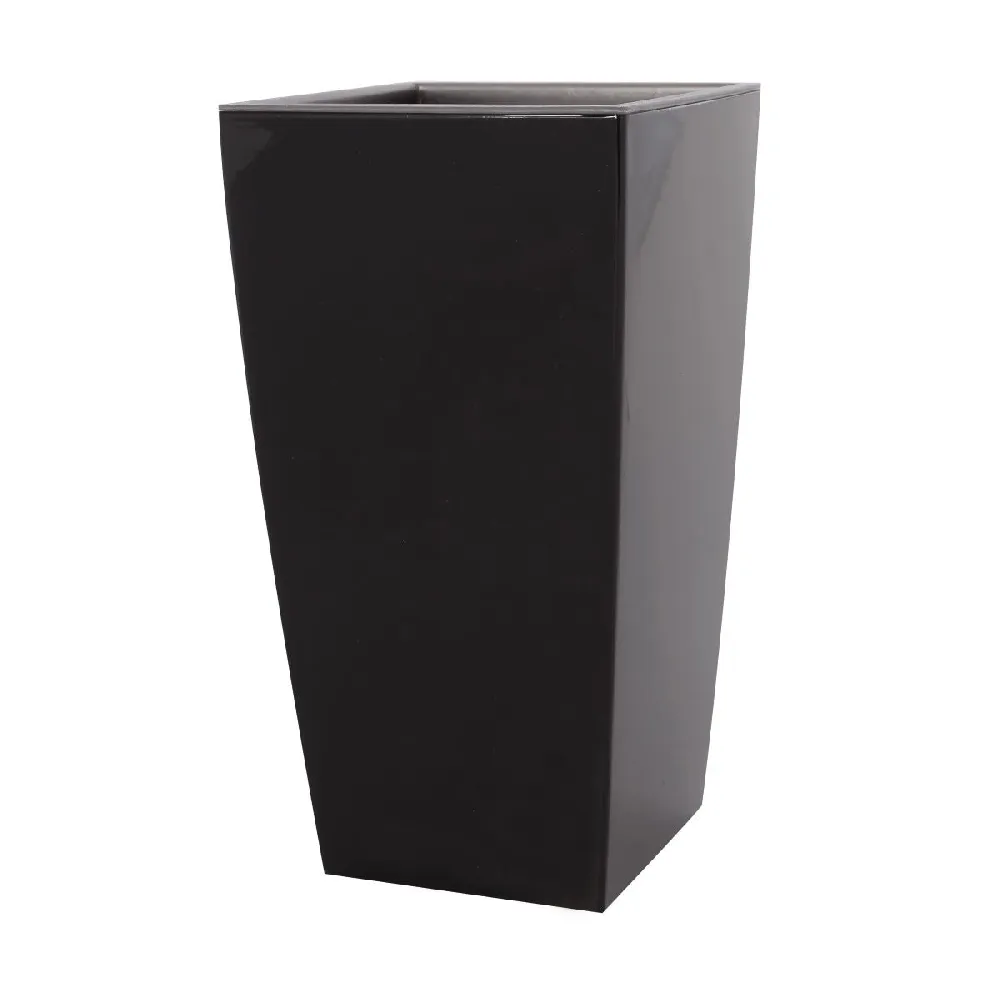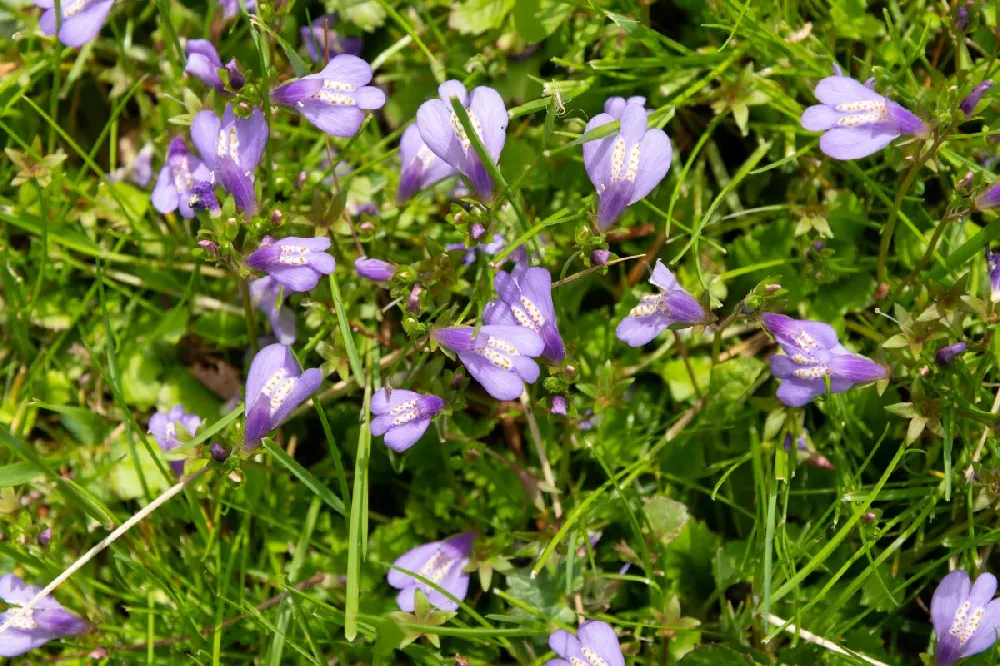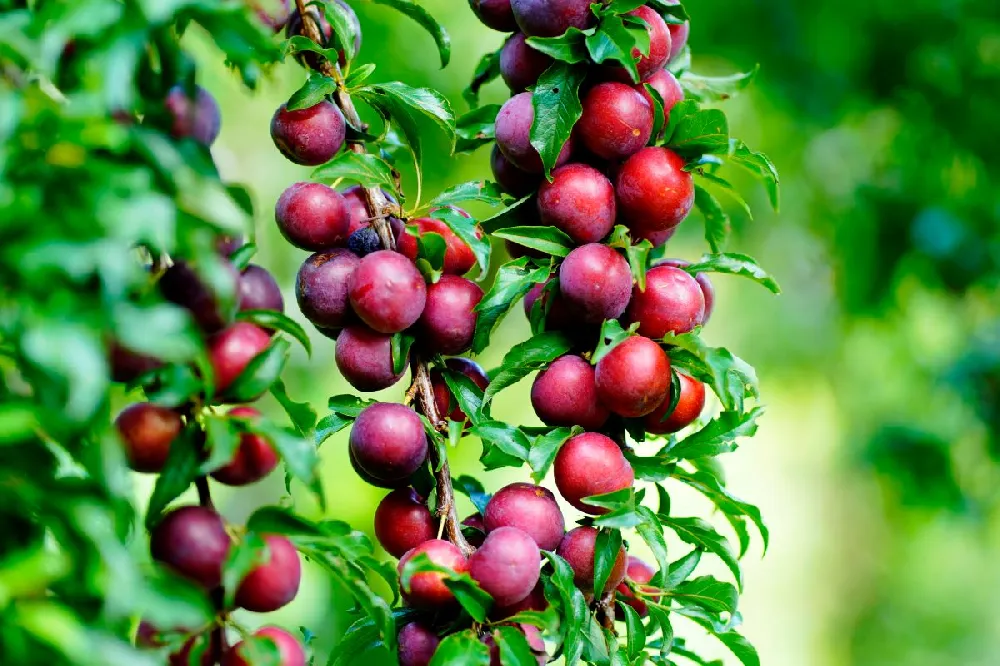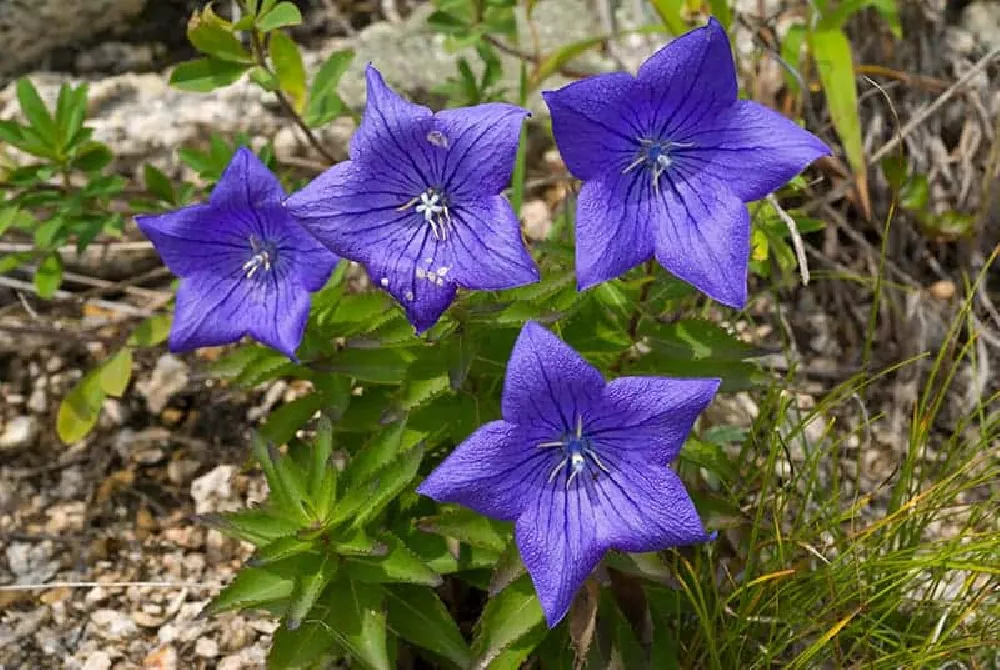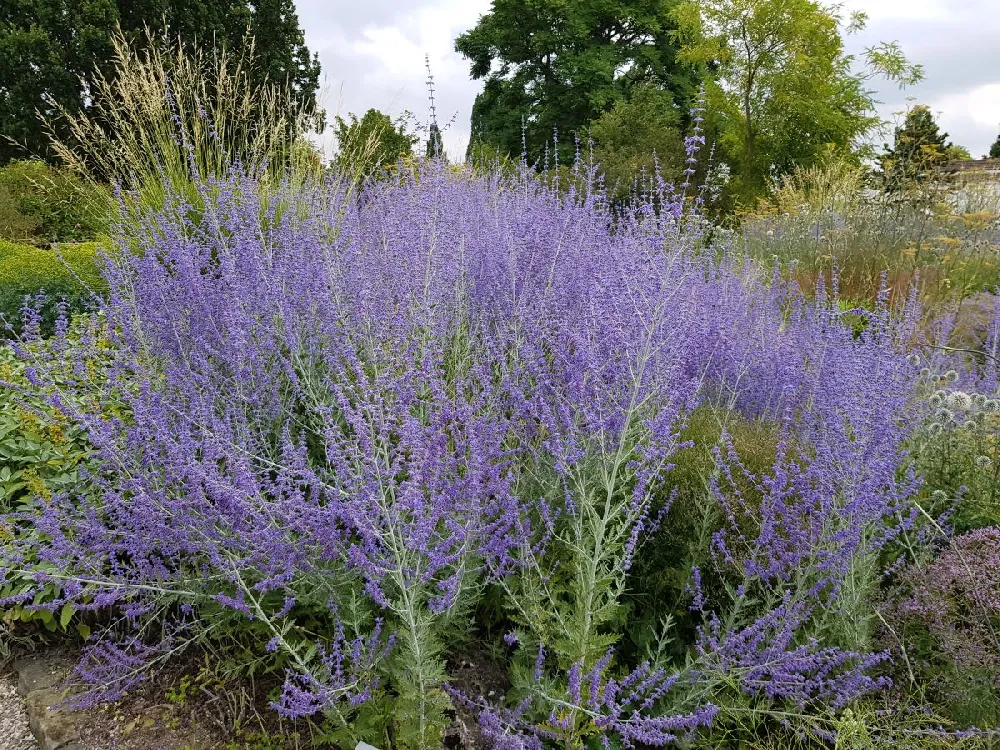Coleus Plants for Sale
Coleus is a colorful and hardy annual foliage plant that is a mainstay of outdoor landscapes. A member of the mint family, the plant’s popularity has led to the development of over 600 different varieties, many of them offering stunning patterns of color, leaf shape, growing habit and size to suit every preference as well as every gardening need. Here are some other interesting facts about coleus plants:
- Mostly used in shady areas, but some varieties have been developed to be more tolerant of heat and sun.
- Provide sensational color in the garden from spring through fall.
- Fast-growing, making it an excellent choice for gardeners who want to add interest to their landscapes immediately.
Planting and Care
Planting instructions
To add Coleus to your garden, wait until after the danger of frost has passed, then select a well-drained area that gets morning sun and partial shade through the rest of the day and that provides some wind protection. Dig a hole that is the same depth as your plant’s root ball and twice as wide, placing the Coleus in the hole and backfilling with the dirt that was removed. Provide deep watering to the new planting and keep the soil moist but not overly damp for the first week.
Coleus will thrive in commercial potting soil, so in addition to using them in the garden you can plant them in hanging containers and pots for use on a patio or balcony during their growing season or inside your home at any time of year. Just make sure that you choose a pot that will accommodate the plant’s rapid growth.
Watering and nutrients
Coleus needs to be kept moist, and those planted in containers will need water more frequently than those in gardens. Where outdoor plants should be watered daily, especially in high heat or dry weather conditions, indoor plants should be watered every few days. Plants housed in pots made of absorbent materials like terra cotta may benefit from a plastic liner placed around its insides to keep them from drying out.
Coleus will benefit from a light application of fertilizer being added to the bed they are about to be planted in, as well as a liquid plant food during the growing season.
Propagation
Coleus are among the easiest plants to propagate, whether you choose to do so from seeds or via stem cuttings. To grow from seed, prepare a container with damp potting soil and sprinkle the seeds over the top. The seeds should be spaced to make room for the seedlings as they grow. The seeds require light to germinate, so sprinkle no more than a dusting of potting soil on top of them, then cover with plastic wrap and place in a warm spot with bright indirect light. Seedlings will emerge within two weeks, at which point the plastic should be removed. Keep providing gentle moisture to the seedlings, and once they’ve each sprouted two sets of true leaves they can be transplanted into individual containers.
Coleus can also be propagated from stem cuttings, offering the opportunity to continue your plant’s life even after cold weather arrives. The easiest way to root a coleus cutting is in water. Just choose stems from your favorite plants and cut about six inches down from the top, just below a leaf node. Strip the leaves off of the lower third of the plant, then place the cutting into a small jar of water and place in bright, indirect light. Freshen the water every day or two. Once roots begin to appear, you can transplant the cutting into a container of potting soil, taking care with the new roots when placing it into the soil.
Another method of propagation is to place the same type of cutting into a container that has been prepared with moistened potting soil ( use a pencil to create a hole). Tamp the soil down around the bottom of the cutting, then place the container into a ziplock bag or cover with a plastic bag for humidity, making sure that the plastic does not touch the plant’s leaves. Keep in bright, indirect light. Within two to three weeks, you will see new growth on the cutting.
Pruning
Coleus grow very fast and can easily lose their shape or get too leggy or spindly. To prevent this from happening, make a habit of pinching the plant’s stems back at points where you find two stems emerging from one spot. This will encourage more growth and a bushier shape. It’s also a good idea to pinch under any flower buds that appear, as the Coleus’ flowers are inconsequential and the production of blooms and seeds will take energy away from the plant itself.
Pests and diseases
Coleus is easy to grow and is generally hardy, but it is vulnerable to both pests and diseases. Of particular concern are mealy bugs, aphids, spider mites and slugs which can all stunt growth, rob the plant of vigor and leave unsightly holes. Rubbing alcohol will eliminate the bugs, or you can spray it with insecticide soap or dish soap that has been diluted with water. If your plants are being eaten by slugs, sink a saucer of beer into your garden soil.
Though Coleus needs moist soil, a plant that is too wet can end up with root rot or downy mildew, which is a fungal disease that commonly occurs in humid environments. Though fungicide will address mildew, once a plant suffers from root rot it is unlikely to recover.
FAQs
Is Coleus edible?
Though Coleus is in the mint family, it is not edible, and in fact some varieties may cause illness or stomach irritation if eaten. More importantly, though they are considered nontoxic to humans they are poisonous for dogs and cats. Signs that your pet has ingested Coleus include diarrhea and vomiting as well as loss of appetite and lethargy.
